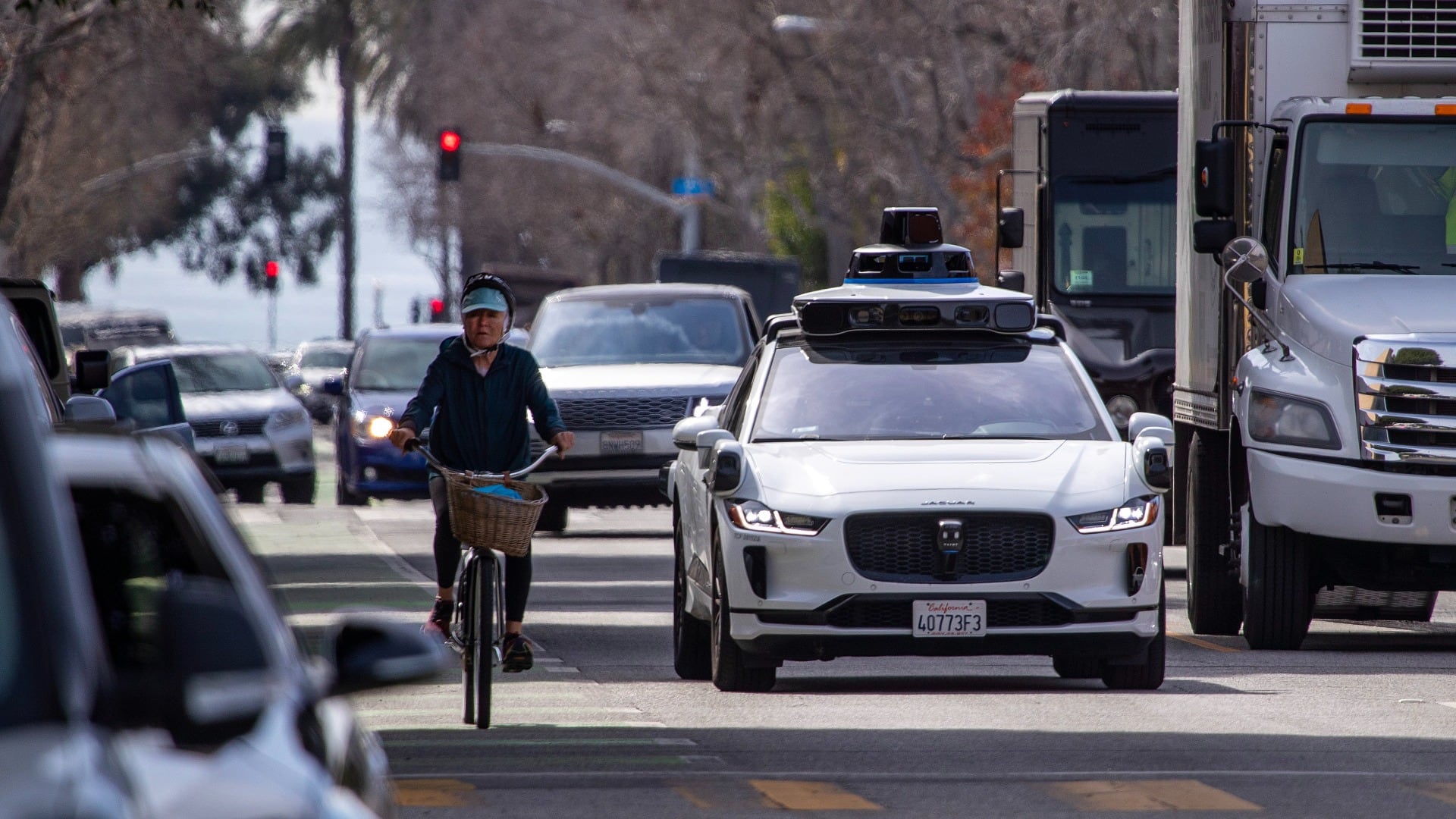General Motors on Monday announced that it plans to open its first assembly plant dedicated entirely to electric vehicles – and that it's doing so in the United States.
Starting in 2021, GM's first all-electric pickup truck will begin rolling off the line at the company's Detroit-Hamtramck facility in Michigan, followed by the company's widely-anticipated Cruise Origin self-driving vehicle, a battery-powered box-shaped shared ride that lacks a steering wheel or pedals, and which Cruise unveiled at an invite-only event in San Francisco last week.
"Through this investment, GM is taking a big step forward in making our vision of an all-electric future a reality," GM President Mark Reuss said, according to prepared remarks, at a press event at the plant with Michigan Gov. Gretchen Whitmer, a Democrat, and other local and state officials. "Our electric pickup will be the first of multiple electric truck variants we will build at Detroit-Hamtramck over the next few years."
The assembly plant, which employs about 900 people, according to GM, currently produces Chevrolet Impala and Cadillac CT6 sedans, which have seen anemic sales as Americans continue to buy SUVs, crossovers, and trucks instead.
GM plans to invest $2.2 billion to transform the Detroit-Hamtramck plant into its marquee EV and AV production facility, plus another $800 million in "supplier tooling and other projects" related to the vehicles' rollout. The investment is expected to create an additional 2,200 jobs at the factory and along the supply chain, GM said.
The move is part of GM's pledge to invest $2.5 billion in EV development in Michigan. The vehicles' batteries will meanwhile come from neighboring Lordstown, Ohio, where GM in December announced a $2.3 billion partnership with LG Chem to manufacture battery cells at a shuttered vehicle assembly plant.
"The support from the state of Michigan was a key element in making this investment possible," GM's Reuss said. "This investment helps ensure that Michigan will remain at the epicenter of the global automotive industry as we continue our journey to an electrified future."
The high-profile announcement marks a contrast with Ford's electric vehicle production: The company, in unveiling what it called its "all-American" Mustang Mach-E crossover SUV last year, said that the flagship vehicle will be built in Mexico. However, GM acknowledged that the production locations of other battery-electric vehicles has not yet been determined.
The high-profile announcement, paired with the company's investments in an electric pickup and the Cruise Origin, mark a considerable shift for an automaker that made a sharp turn away from its EV investments in the mid-1990s. The Cruise, in particular, is among the most ambitious electric vehicles unveiled to date. A joint venture between GM and Honda, it features seats that face one another in a "campfire" arrangement, with no space even for a driver. The autonomous vehicle – which Cruise executives have pointedly avoided calling a "car" – aims to transform city driving by offering a new, sensor-driven shared-ride service.
GM offers a single fully- electric vehicle in the U.S.: the Chevrolet Bolt, a battery-powered hatchback with an estimated city range of about 127 miles. It was the fourth most popular EV in the U.S. last year, behind the Tesla Model 3 sedan and the high-end Tesla Model X SUV, according to sales data compiled by InsideEVs.com. It sold about 16,418 vehicles, a nearly 9 percent dip from the 18,019 Bolts sold 2018.













